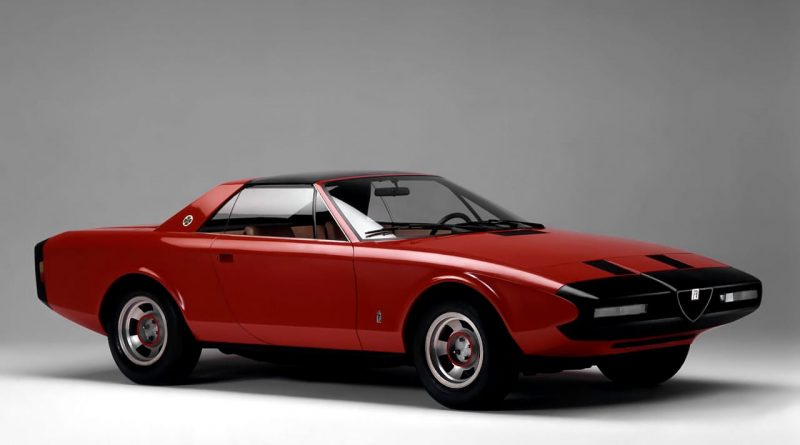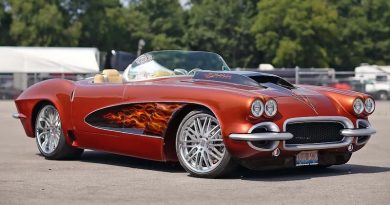1972 Alfa Romeo Alfetta Spider
The 1972 Alfa Romeo Alfetta Spider was a proposal for a targa-top convertible based on the transaxle Alfetta platform. When the Alfetta models were introduced in 1975, only a Sprint and Berlina appeared, and enthusiasts wondered where the new Spider was. In 1972 Pininfarina had proposed a replacement for the Duetto and intended it to appear with the Alfetta Berlina and Sprint, but there were simply no funds for its development. It was presented at the 1972 Turin Motor Show. The prototype is now housed in the Museo Storico Alfa-Romeo in Arese.
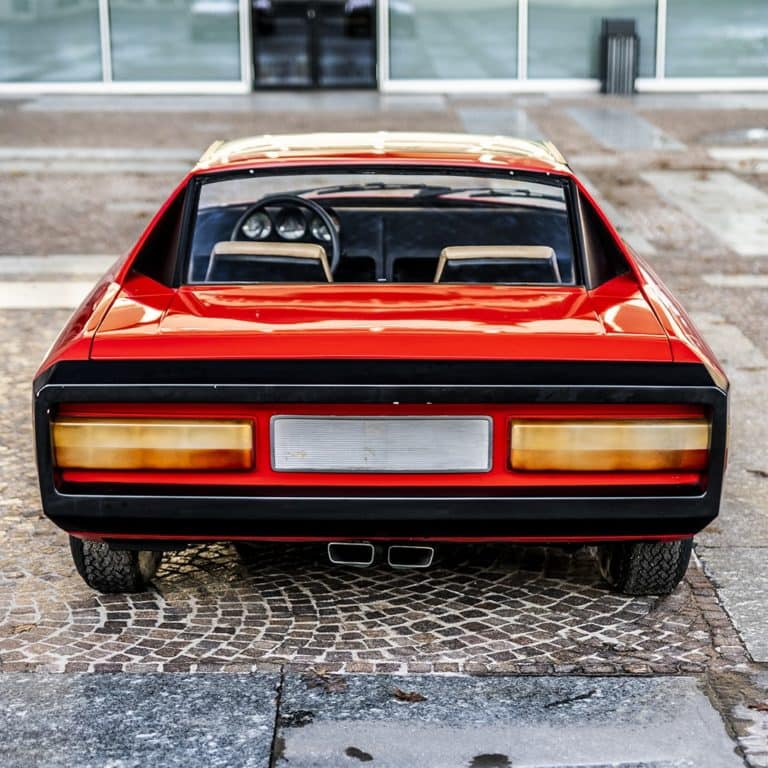
Having been responsible for several generations of Alfa Spiders it’s logical that Pininfarina would also be called upon when a new generation of transaxle models was being developed. But funds were short so only the 4-door saloon and Giorgetto Giugiaro-designed 3-door coupé were put into production while the Pininfarina Spider remained on the shelf.
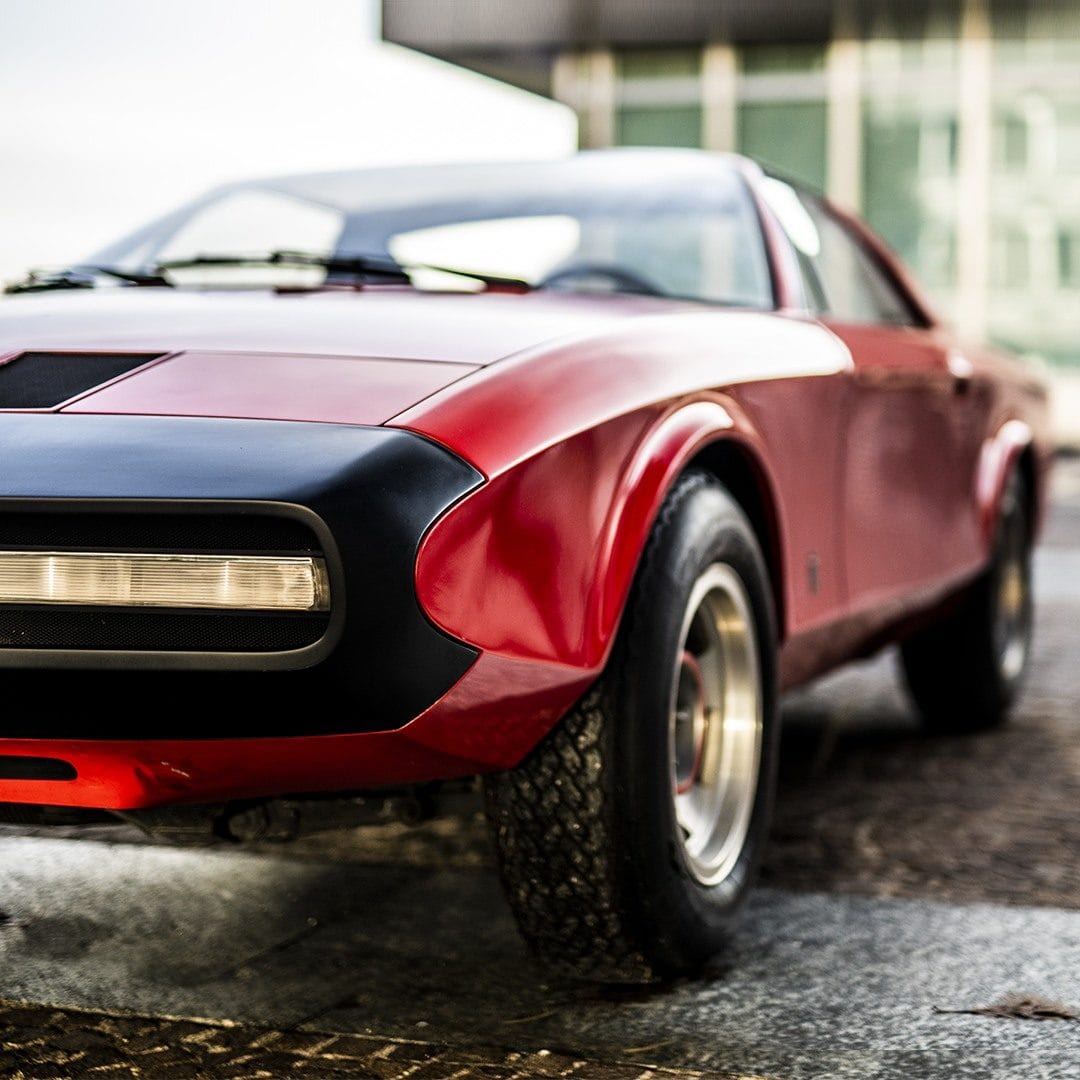
The mechanical architecture of the Alfetta revolutionised the technical solution seen in the Giulia, with the exception of the engine, the widely praised four-cylinder twin-shaft, the powertrain in the 1750, with improvements and more power: the gearbox was placed in the rear, together with the clutch, according to the “transaxle” layout, plus the adoption of a “De Dion” tube rear suspension with a “Watt’s” parallelogram linkage. The rear brake discs were placed “on-board”, to reduce the unsprung mass. As such, the dynamics of the Alfetta benefited from a perfectly balanced weight distribution, 50% on each axle. The front had independent suspension with flexible torsion bar components and a rack steering system with adjustable steering wheel.
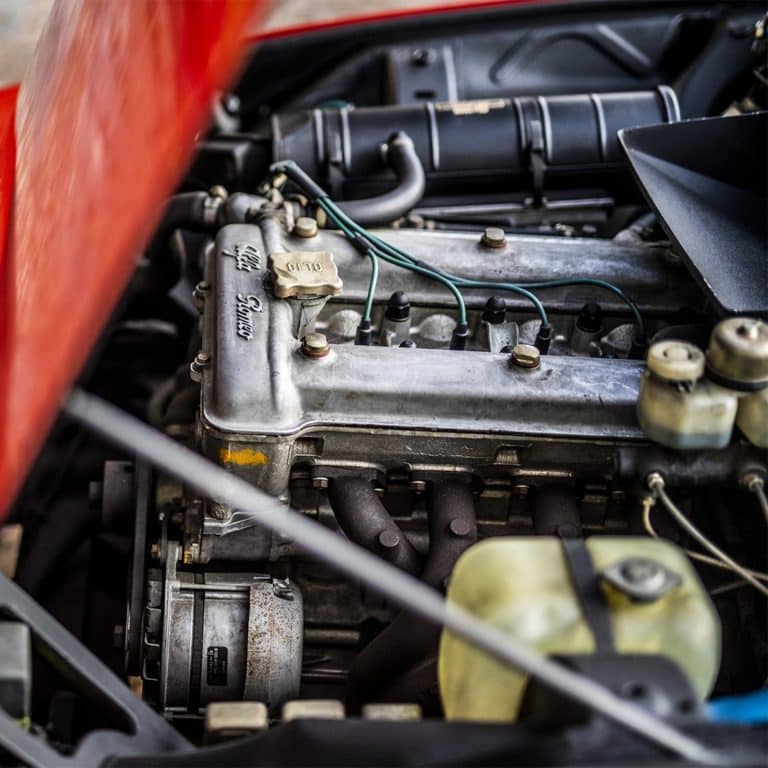
Since the early seventies, Alfa Romeo has frequently shuffled the deck of cards that makes up tradition: with the Biscione brand’s first front-wheel drive, launched in the Alfasud, and with the innovative transaxle layout in the Alfetta. These two cars marked a new era for Alfa Romeo.

